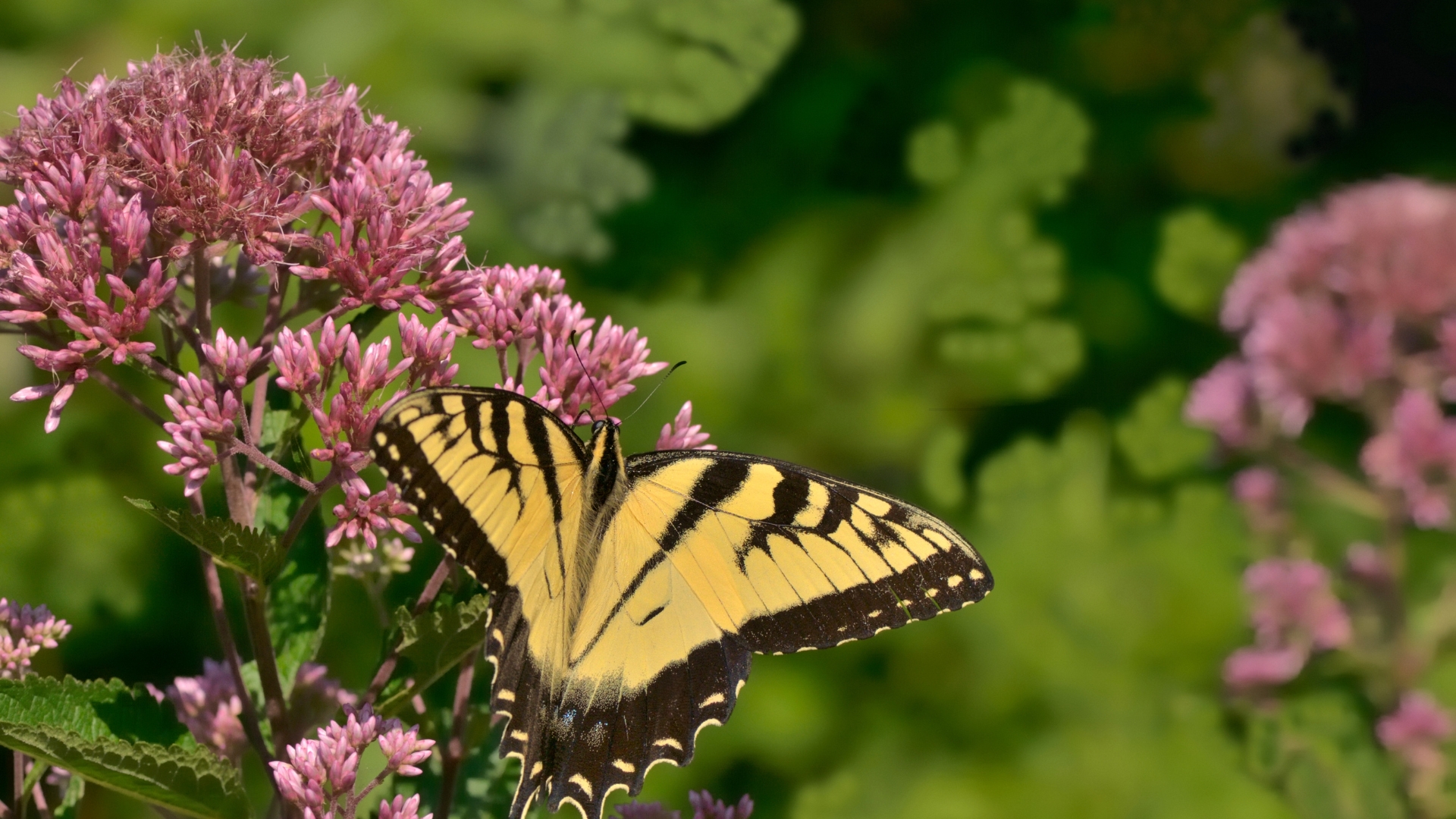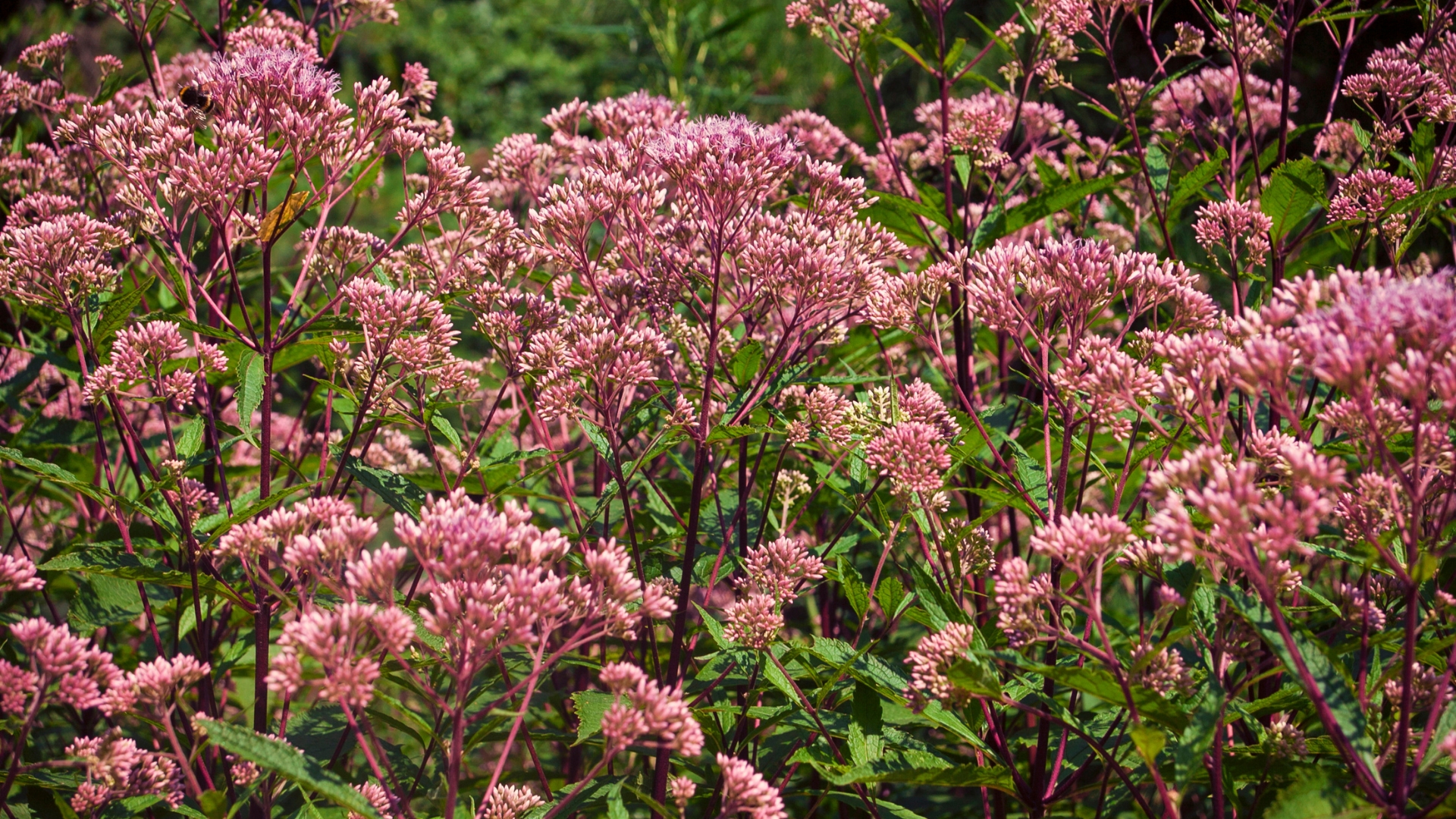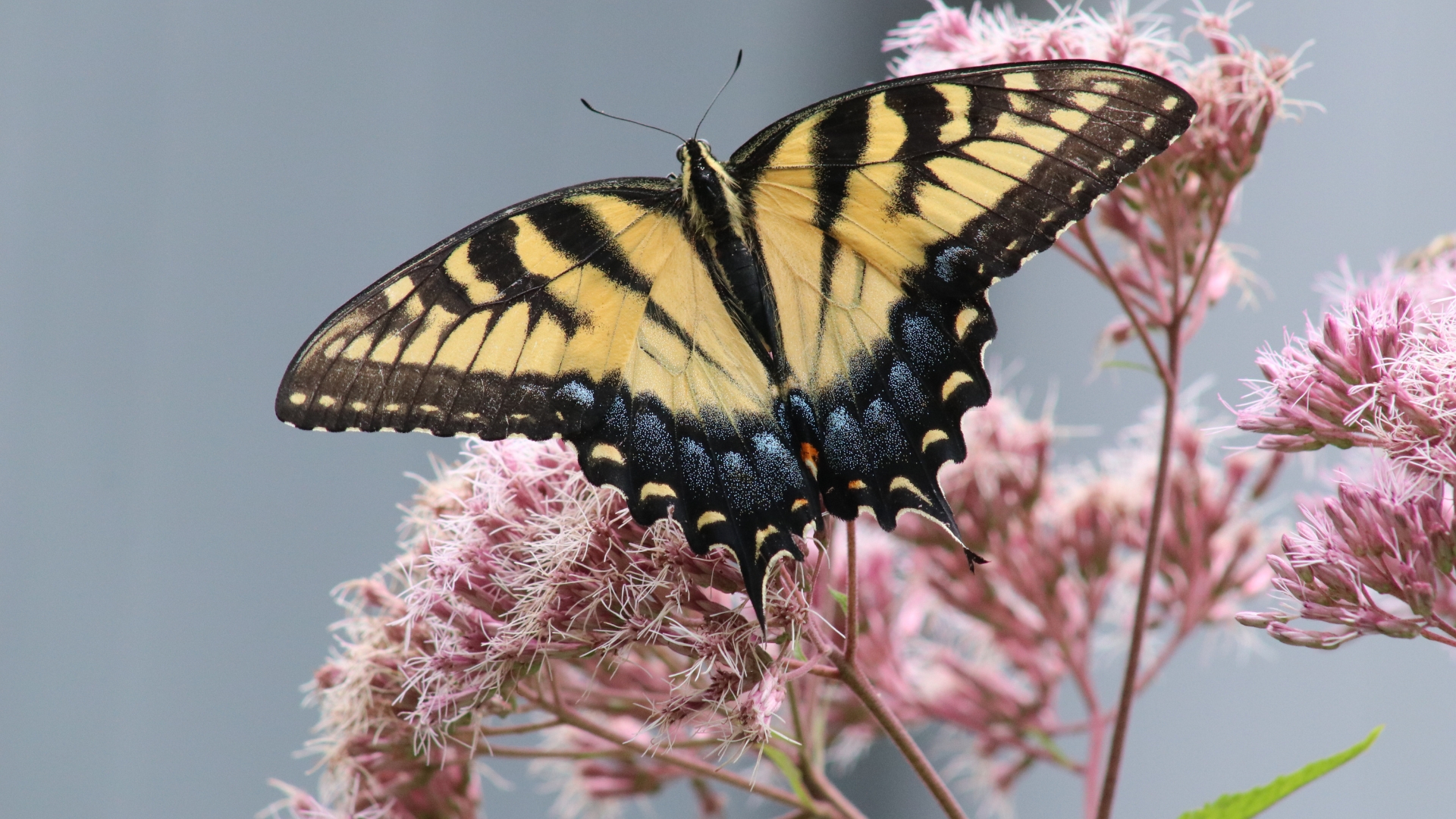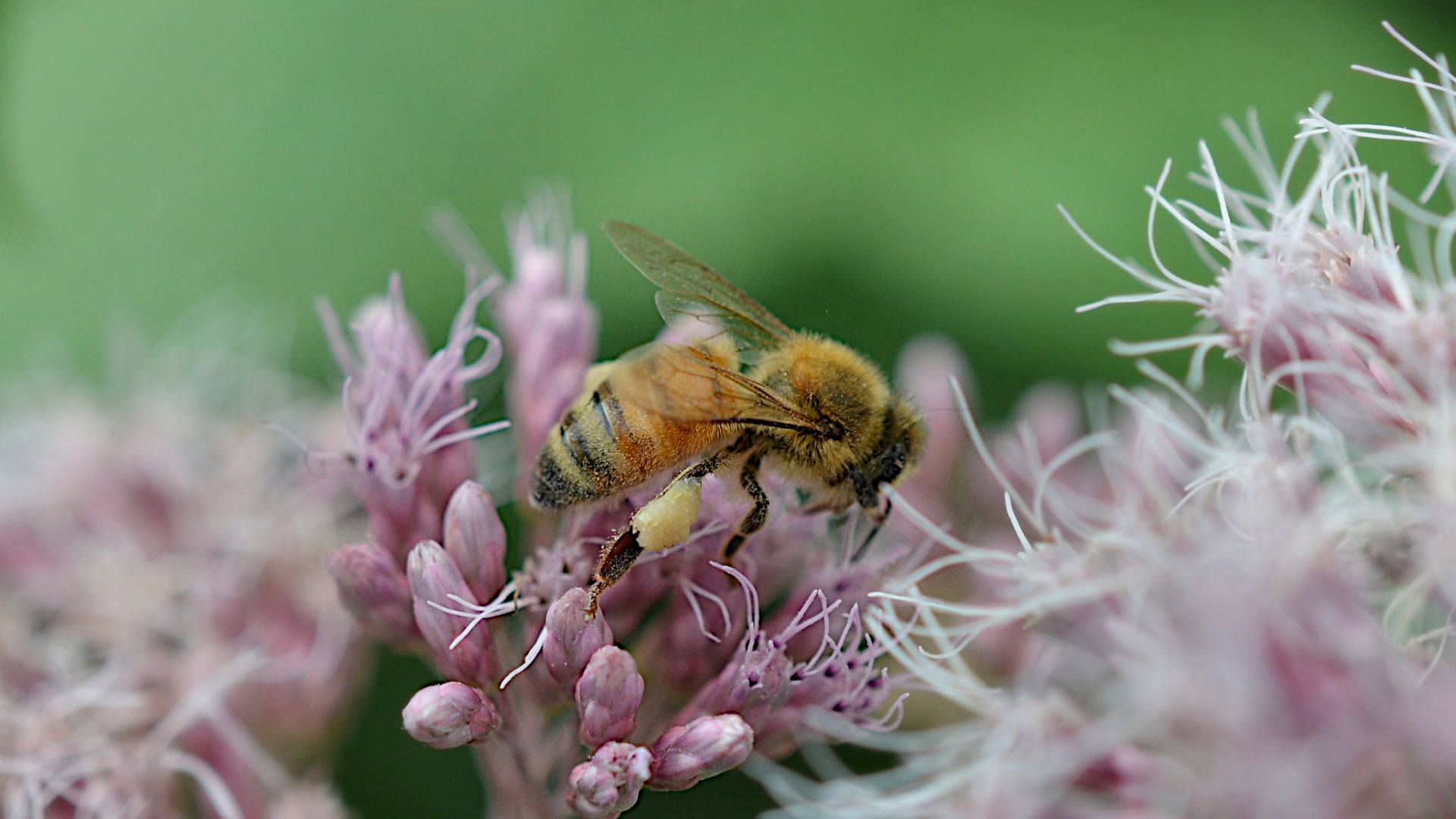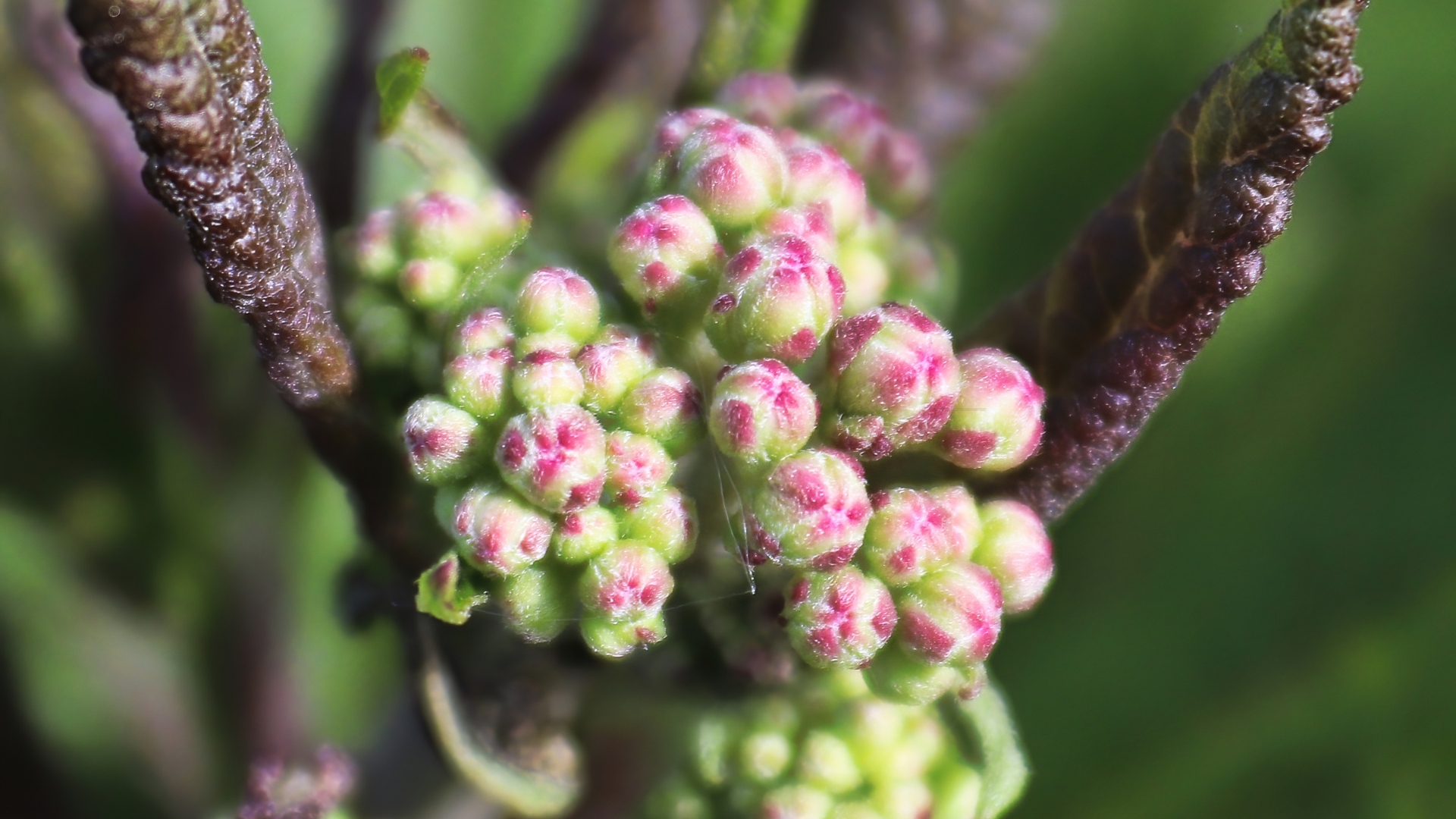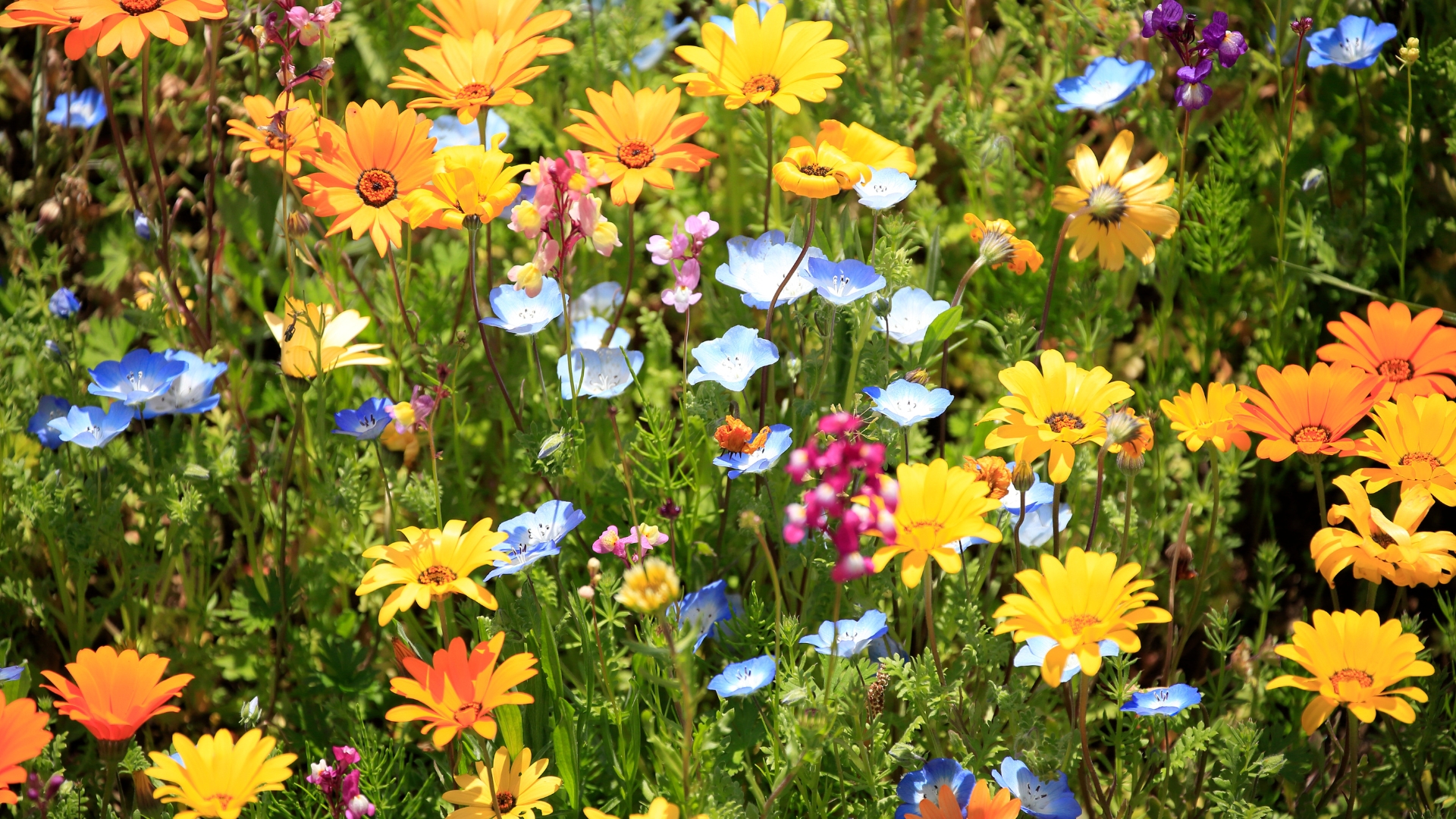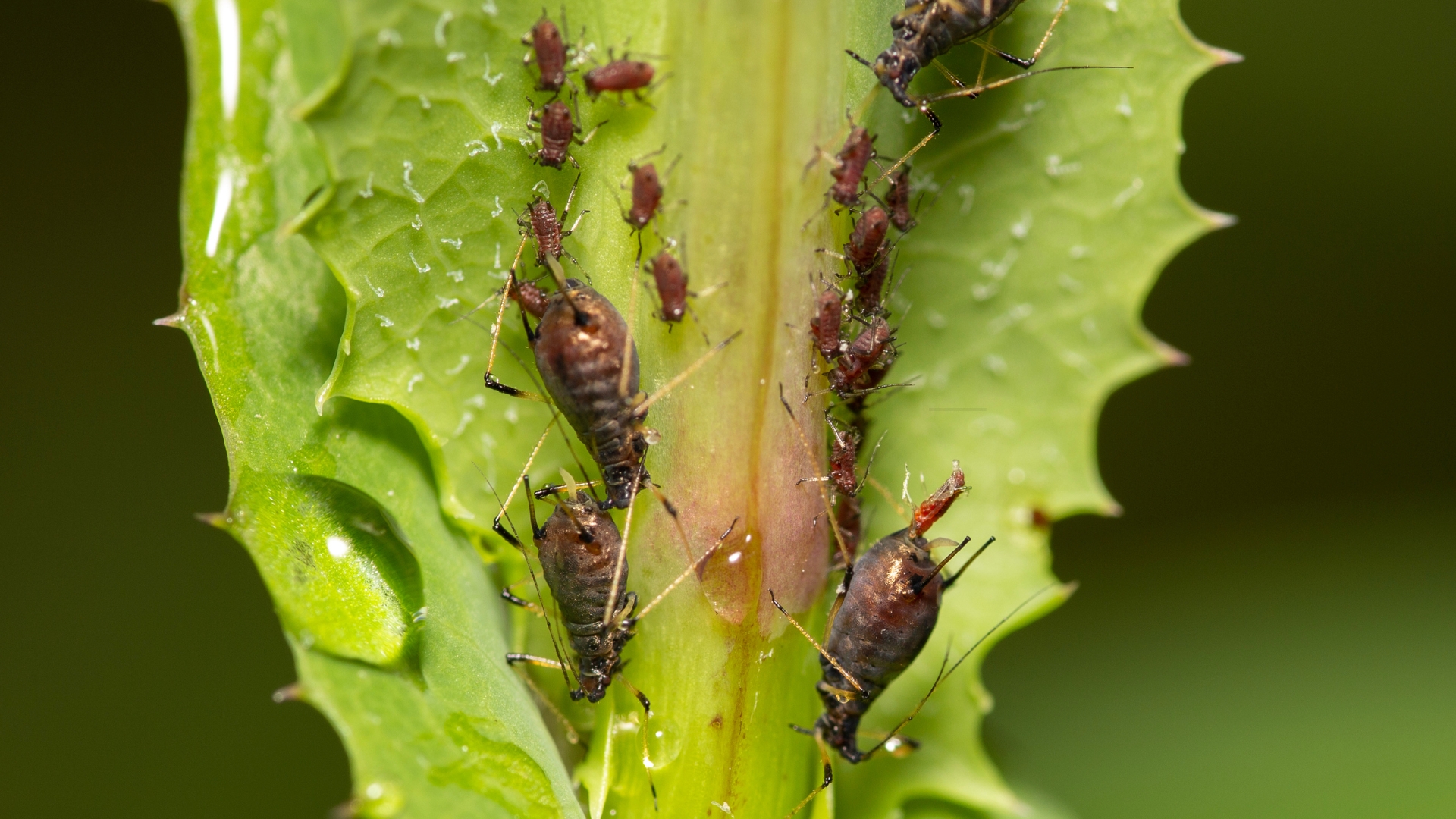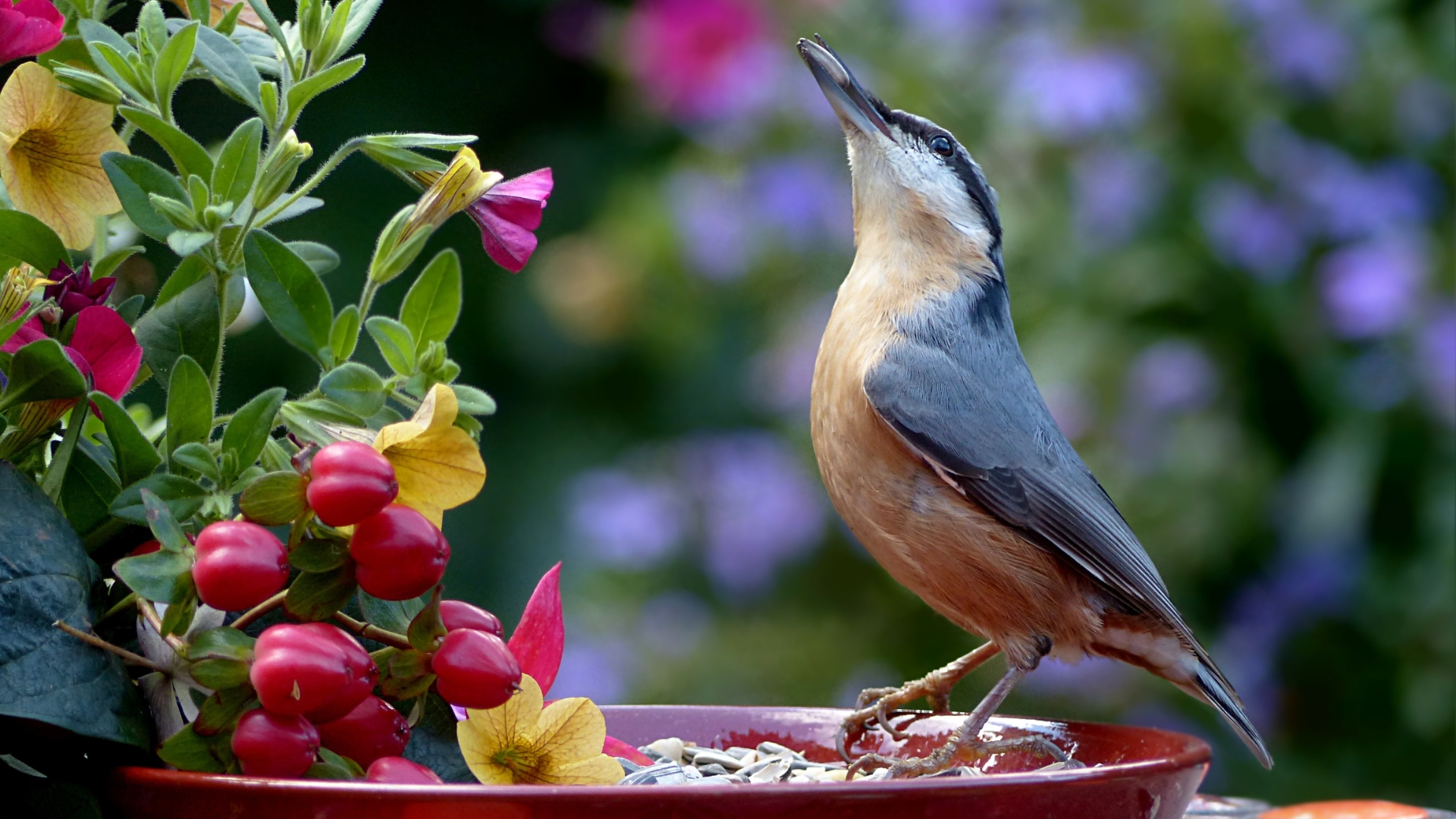Every gardener dreams of a yard that flutters with life—butterflies drifting like floating petals and hummingbirds zipping past like tiny jewels.
It’s the ultimate sign of a thriving, balanced ecosystem, a place where nature’s most delicate creatures feel right at home.
But turning that dream into reality? That’s where things get tricky. Some flowers lure them in briefly, but few can truly keep them coming back for more.
Luckily, there’s a stunning native pink flower that changes the game, effortlessly drawing in hummingbirds and butterflies like a magnet.
Every Garden Needs Joe Pye Weed!
Standing tall and graceful, Joe Pye weed (Eutrochium spp.) is a native perennial that adds both structure and elegance to any garden.
Originating from North America, this plant thrives in meadows, along riverbanks, and in naturalized landscapes, bringing a touch of wild beauty wherever it grows.
Its sturdy, upright stems reach impressive heights of 4 to 7 feet, creating a striking vertical presence that sways gently in the breeze. The large, whorled leaves grow in tiers along the stems, their deep green color providing a lush contrast to the plant’s show-stopping blooms.
The true highlight of Joe Pye weed emerges in late summer when clusters of soft, mauve-pink flowers appear in broad, dome-like arrangements at the top of each stem.
These fluffy, cloud-like blossoms stand out against the surrounding greenery, making them an eye-catching focal point in any garden.
The flowers retain their charm well into fall, fading to a rich, bronze tone that adds seasonal interest even after their peak bloom.
Whether placed in borders, along fences, or in a wildflower meadow, Joe Pye weed’s commanding presence and natural elegance make it a standout choice for gardeners looking to add height and texture to their landscape.
Why Hummingbirds And Butterflies Love Joe Pye Weed
As beautiful as Joe Pye weed is, it isn’t just a feast for the eyes—it’s a pollinator’s paradise. The nectar-rich blooms serve as a late-season banquet for hummingbirds and butterflies when many other flowers begin to fade.
The dense, fluffy clusters create an ideal landing platform, making it easy for butterflies to perch while sipping nectar. Monarchs, swallowtails, and painted ladies flock to its blossoms, taking full advantage of its abundant food supply during their migration and breeding cycles.
Hummingbirds, always on the lookout for high-energy nectar sources, are equally drawn to Joe Pye weed’s tubular-shaped florets.
The deep flowers hold plenty of nectar, providing a sustained energy source for these fast-moving birds.
Unlike some plants that only bloom for a few short weeks, Joe Pye weed’s long flowering season ensures a reliable food source well into autumn.
With its towering height, it also offers a sense of protection and shelter, creating the perfect environment for pollinators to rest and refuel before continuing their journey.
This Plant Has Many Other Benefits
Beyond its role as a pollinator magnet, Joe Pye weed brings practical and ecological advantages to any garden.
As a native species, it is perfectly adapted to local soils and climates, making it low-maintenance and drought-resistant once established.
Its deep root system helps stabilize soil and prevent erosion, particularly in areas prone to runoff or water accumulation.
Additionally, Joe Pye weed has a long history of medicinal use, dating back to Indigenous communities who brewed its leaves and roots into herbal teas.
Traditionally, it was used for treating ailments like fevers, kidney issues, and colds, earning it the nickname “gravel root.”
While its medicinal applications have largely faded from modern use, its ecological and ornamental value continues to make it an essential part of natural landscapes.
Whether used in rain gardens, prairie restorations, or traditional flower beds, this plant brings beauty, resilience, and environmental benefits to any space.
How To Grow Joe Pye Weed In Your Garden
Joe Pye weed thrives in full sun to partial shade, but it performs best when given at least six hours of direct sunlight each day.
It prefers moist, well-draining soil, though it can tolerate occasional drought once established. Since it naturally grows in wet meadows and along riverbanks, it’s an excellent choice for rain gardens and areas with consistently damp soil.
Planting Joe Pye weed is simple. Space plants 2 to 3 feet apart to give them ample room to spread.
If growing from seed, cold stratification is recommended to encourage germination. For quicker results, planting nursery-grown seedlings in spring or fall ensures stronger, faster growth.
Once established, this hardy perennial returns year after year, gradually expanding into a lush, towering display that becomes more spectacular with each passing season.
Make Sure To Add Some Companions
While Joe Pye weed is a stunning plant on its own, pairing it with the right companions can elevate the entire garden.
Plants with similar height and bloom times, such as rudbeckia, coneflowers, and asters, create a seamless, naturalistic look while ensuring continuous nectar sources for pollinators.
These daisy-like blooms contrast beautifully against Joe Pye weed’s airy pink clusters, making the entire display even more vibrant.
For added texture and movement, ornamental grasses like switchgrass and little bluestem complement its tall, upright habit.
Their feathery plumes soften the landscape, creating a dynamic, ever-changing backdrop as the seasons shift.
Additionally, pairing Joe Pye weed with moisture-loving plants like swamp milkweed and cardinal flower ensures a cohesive, habitat-rich environment for butterflies, bees, and hummingbirds.
Manage Pests And Diseases
Despite its robust nature, Joe Pye weed can occasionally encounter common garden pests like aphids and spider mites.
A strong spray of water or introducing natural predators like ladybugs can help keep populations under control. Luckily, this plant is deer-resistant, making it a great choice for gardens where browsing wildlife is a concern.
In terms of disease, powdery mildew is the most common issue, particularly in humid conditions.
Ensuring good air circulation by spacing plants properly and watering at the base (rather than overhead) helps prevent fungal growth.
If mildew does appear, a homemade solution of water and baking soda or an organic fungicide can help keep it at bay. With minimal intervention, Joe Pye weed remains a resilient, thriving presence in the garden.
How To Create A Wildlife-Friendly Garden
Adding Joe Pye weed to your landscape is just one step toward building a wildlife-friendly haven.
To truly make your garden a sanctuary, diversity is key. Incorporating a mix of native wildflowers, shrubs, and trees creates a layered ecosystem that supports a variety of species, from pollinators to songbirds and beneficial insects.
Providing fresh water sources like a birdbath, shallow dish, or small pond further enhances the appeal for wildlife, giving them a reliable place to drink and bathe.
Leaving some leaf litter and plant stems through winter provides essential shelter for overwintering insects and beneficial pollinators. With thoughtful planting and habitat creation, your garden can become a thriving refuge where wildlife flourishes year-round.

